In a world increasingly marked by consumers’ call for authenticity, businesses must respond by significantly emphasising one fundamental aspect — transparency. This focus on transparent operations, especially concerning environmental sustainability, is no longer an option but a necessity for businesses striving to stay relevant in the modern marketplace.
Transparency in business, particularly regarding corporate sustainability, is akin to a clear window allowing stakeholders to see inside a company’s operations. It’s about showing how the business practices align with the values they proclaim, demonstrating a commitment to sustainable practices, and detailing how they impact all aspects of the business, from supply chains to end products.
This shift towards openness has transformed from a niche trend into a dominant standard. Why? Because transparency doesn’t just resonate with a company’s PR strategy —it underpins it. Businesses that actively embrace transparency are discovering this practice cultivates trust, enhances reputation, facilitates open communication, promotes accountability, and makes a company more attractive to investors.
The importance of sustainability in modern business is undeniable.
From influencing consumer behaviour to shaping government regulations, sustainability is making waves in every sphere. Therefore, understanding sustainability dynamics and how to communicate a company’s commitment to it is essential. One way businesses do this is through sustainability reporting.
This blog explores the importance of transparency in sustainability reporting, the dangers of greenwashing, and businesses’ pivotal role in promoting sustainable practices. Read on to understand the power of transparency and how it can be leveraged for effective corporate sustainability reporting.
Understanding Corporate Responsibility and CSR
Corporate Social Responsibility (CSR) is a self-regulating business model that enables a company to be socially accountable — to itself, its stakeholders, and the public. It denotes a company’s commitment to developing policies that align with the spirit of the law, ethical standards, and international norms.
The significance of CSR extends beyond the confines of a company. In the broader context, CSR activities can contribute to societal goals, such as sustainable development, through transparent and ethical practices. They encompass efforts that contribute to economic development and improve the lives of employees and their families, the local community, and society.
CSR is a critical aspect of modern business for several reasons. Firstly, it aids in developing a positive public image, helping companies stand out in an increasingly competitive market.
Secondly, it boosts employee engagement, as employees are likelier to work for a company with high ethical standards.
Lastly, it can also enhance a company’s financial performance, as a robust CSR program can make a company more appealing to investors and customers.
The Power of Transparency in a Brand’s CSR Policy
Transparency is the cornerstone of a successful CSR policy. A transparent CSR policy involves openly communicating a company’s strategies, decisions, performance, governance, and other business activities. This open communication provides stakeholders a clear understanding of a company’s operations and its impact on society and the environment.
Being transparent in CSR activities can yield substantial benefits. For one, it can enhance a company’s reputation, boosting stakeholder trust and engagement. Furthermore, it can provide a competitive advantage, as consumers increasingly prefer transparent and socially responsible companies.
Transparency is good PR
Transparency can significantly enhance a company’s PR efforts by building trust, enhancing reputation, facilitating communication, promoting accountability, and attracting investment. In today’s business world, where consumers and investors increasingly demand more from companies, transparency is not just a nice-to-have but a must-have.
Transparency is a cornerstone of ethical business operations and a powerful tool for Public Relations.
Here’s why:
Builds Trust: Transparency fosters trust. When a company is open about its operations, practices, and impact, it demonstrates that it has nothing to hide. This openness fosters a sense of trust among consumers, investors, and other stakeholders, which is invaluable for building and maintaining a positive brand image.
Enhances Reputation: Transparency can enhance a company’s reputation. Being seen as a business that operates openly and honestly can differentiate a company from its competitors, leading to increased goodwill and a stronger brand reputation.
Facilitates Communication: Transparency facilitates open and clear communication. By being transparent, a company ensures its messages are accurate and consistent, which helps avoid misunderstandings or misinformation that could harm its image.
Promotes Accountability: Transparency promotes accountability. When a company is transparent about its goals, strategies, and progress, it makes it clear that it is committed to delivering on its promises. This level of accountability can increase confidence among stakeholders.
Attracts Investment: Transparency can also make a company more attractive to investors. Investors are more likely to invest in a company that is open about its operations, as this transparency reduces risk and makes it easier to assess the company’s potential for success.
ESG Metrics, Global Reporting Initiative, and Their Importance
ESG stands for Environmental, Social, and Governance — the three central factors in measuring an investment’s sustainability and societal impact on a company.
ESG metrics are tangible, concrete measures a company can use to track and display its performance in each area. They enable brands to quantify their sustainability efforts, thus providing stakeholders with a clear understanding of their performance.
The Global Reporting Initiative (GRI) is an independent international organisation that aids businesses, governments, and other organisations in understanding and communicating their impact on critical sustainability issues. The GRI Standards are the first and most widely adopted global standards for sustainability reporting, providing businesses with a framework to report their sustainability metrics transparently.
Transparency in these areas is the gold standard because it enables meaningful comparisons, improving stakeholder trust and investment.
A stellar example of this transparency is the outdoor clothing brand Patagonia. They openly share their ‘Footprint Chronicles,’ which provide insight into the environmental impact of each of their products. This transparency has won them a loyal customer base and a solid reputation.
The Role and Importance of a Sustainability Report
A sustainability report is a public disclosure providing internal and external stakeholders with a detailed view of a company’s sustainability efforts and performance against these objectives. It covers the economic, environmental, and social impacts caused by a company’s everyday activities.
The importance of a sustainability report lies in its ability to provide a snapshot of a company’s commitment to sustainable development, thereby instilling stakeholder confidence. It is critical in managing stakeholder relationships and demonstrating a company’s commitment to sustainable practices.
What do stakeholders care about?
Ultimately, the content of the sustainability report comes down to what key stakeholders, especially consumers, care about.
Environmental concerns undeniably stand at the forefront of contemporary global issues. The wealth of information emanating from governments, NGOs, lobbyists, and scientists underscores the importance of these environmental challenges. Businesses play a vital role in addressing these concerns through transparency.
As consumers, we have a keen interest in knowing the details of our purchases, such as:
- What are we buying?
- What is it made of?
- Where did it originate?
- What happens to it post-use?
- And how does its packaging impact the environment?
Historically, supply chains have operated on a linear model: materials enter, get processed, and exit. However, with its lack of comprehensive transparency, this model is ill-suited to facilitate waste reduction and recycling efforts. A shift towards a circular model, or what we term a ‘supply cycle,’ places emphasis on resource management.
This approach is designed to eliminate waste and promote reuse where practical. When materials reach the end of their life, they are transformed into useful commodities, ready to re-enter the supply cycle, continuing the cycle of use and reuse indefinitely.
The Three Elements of a Sustainability Report
A comprehensive sustainability report comprises three key elements:
Economic: This component addresses the direct economic value generated and distributed by an organisation. It includes revenues, operational costs, employee compensation, donations, and other community investments.
Environmental: This aspect involves an organisation’s impacts on living and non-living natural systems. It covers energy consumption, water use, emissions, effluents, waste, and the organisation’s environmental interactions.
Social: This element focuses on the organisation’s impacts on the social systems within which it operates. It encompasses labour practices, human rights, society, and product responsibility.
Each element is critical in presenting a comprehensive view of an organisation’s sustainability efforts.
Crafting a Good Sustainability Report: A Seven-Step Process
Creating an informative and impactful sustainability report is a multi-step process:
Identify the Purpose: Why you are creating the report, what you hope to achieve, and what the report will cover? A well-defined purpose serves as a roadmap for your sustainability report.
Engage Stakeholders: Identify and engage your key stakeholders in the process. Their inputs and feedback can provide valuable insights and ensure the report addresses their concerns and expectations.
Conduct a Materiality Assessment: Identify the most important sustainability issues to your business and stakeholders. Determine the factors that could have significant economic, environmental, and social impacts.
Collect Data: Gather data related to your identified material aspects. Make sure the data is accurate, reliable, and relevant.
Set Benchmarks: Compare your performance against industry benchmarks or your own previous reports. This can help illustrate your progress and identify areas for improvement.
Draft the Report: Once you have all the necessary information, begin drafting the report. Make sure it is clear, concise, and comprehensible to all stakeholders.
Review and Refine: Review and refine the draft as necessary. Get feedback from stakeholders, incorporate their inputs, and then finalise the report for publication.
Presenting a Sustainability Report
A sustainability report should be presented clearly and concisely so all stakeholders can easily understand it. Consider using visual aids like graphs and charts to present complex data in an easily digestible format.
The length of a sustainability report can vary depending on the size of the company and the scope of its sustainability initiatives. However, the emphasis should be on providing quality content that comprehensively covers your company’s sustainability efforts.
Compare goals and metrics with previous reports to show progress over time. Summarise the findings in a clear conclusion that encapsulates the key takeaways from the report.
Sustainability Report Dos and Don’ts
Here are a few things to keep in mind while creating a sustainability report:
Do:
- Be transparent and honest.
- Include qualitative and quantitative data to support your claims.
- Align the report with recognised standards like GRI.
Don’t:
- Overstate or ‘greenwash’ achievements.
- Provide irrelevant or unnecessary information.
- Ignore stakeholder interests or concerns.
The Dangers of Greenwashing
We live in times of increased sustainability awareness, and the term ‘greenwashing’ has gained significant attention. Greenwashing is conveying false, exaggerated, or misleading information about a company’s products, services, or operating practices to make them seem more environmentally friendly than they actually are.
Despite the potential short-term gains, greenwashing can be incredibly damaging to a brand. Modern consumers are more informed and conscious than ever, and many are becoming increasingly adept at detecting greenwashing tactics.
Brands that engage in greenwashing risk damaging their reputation losing consumer trust, and facing potential legal consequences. In the long run, these potential risks far outweigh any perceived short-term benefits.
Companies are also legally obliged to tell the truth in their advertising, and not doing so can lead to hefty penalties and significant harm to their reputation. Various jurisdictions have introduced stringent regulations against greenwashing. For example, the Federal Trade Commission (FTC) in the United States has Green Guides that warn companies against making false or misleading environmental claims.
There’s also an increasing societal pushback against greenwashing. People want to support companies that align with their values, and when they feel deceived, they may choose to take their business elsewhere and encourage others to do the same. The backlash can be severe, particularly in the age of social media, where news of a company’s transgressions can go viral quickly.
Navigating Greenwashing
The key to avoiding greenwashing is authenticity and transparency.
Here are a few steps companies can take:
Be Honest: If your business isn’t as green as you’d like, it’s better to be upfront about it than to exaggerate or lie. Consumers appreciate honesty and are more likely to support brands that admit their shortcomings and demonstrate a commitment to improvement.
Provide Proof: Back up your claims with clear evidence. If you claim your product is ‘eco-friendly,’ provide data or certifications to substantiate your claim.
Be Specific: Avoid vague language in your sustainability reporting. Clear, concrete terms are less likely to be misconstrued as greenwashing.
Involve Stakeholders: Engage customers, employees, suppliers, and other stakeholders in your sustainability journey. Their input can be invaluable in shaping authentic and meaningful sustainability initiatives.
By being transparent, specific, and honest about your environmental impact and sustainability efforts, you can build trust with consumers and avoid the pitfalls of greenwashing.
Best Practices for Writing a Sustainability Report
Here are some best practices to consider:
- Align the report with recognised reporting frameworks.
- Use infographics and other visual aids to present data visually appealingly.
- Include case studies and examples to provide context and depth.
- Get the report assured by a third party for credibility.
- Make the report accessible by publishing it on your company’s website and other platforms.
Let data do the storytelling with powerful visuals
The importance of visual storytelling in a brand’s sustainability report cannot be overstated. The adage “a picture is worth a thousand words” holds particularly true when communicating complex sustainability data. Visual storytelling can enhance understanding, drive engagement, and make the information more memorable.
Visual storytelling uses images, infographics, charts, and other visual elements to convey information in a manner that is quickly understood and easily digestible.
In the context of a sustainability report, visual storytelling can help bring a company’s sustainability story to life.
For example, rather than simply stating that a company has reduced its carbon emissions by 15% in the past year, a visual element such as a bar graph or a line chart can clearly illustrate the decline. This not only makes the data easier to comprehend but also more impactful.
Design considerations play a crucial role in effective visual storytelling. Here are a few key points to keep in mind:
Simplify Complex Information: Use visuals to simplify complex information. Graphs, charts, and infographics can present data in a straightforward and engaging way, making it easier for readers to grasp.
Use Consistent Visual Language: Consistency in colour, style, typography, and iconography can reinforce brand identity and make the report visually cohesive.
Prioritise Readability: Information should be visually appealing and easy to read. Avoid overcrowding elements and choose colours and fonts that enhance readability.
Use High-Quality Images: High-quality images can add visual interest and break up large blocks of text, making the report more engaging.
Highlight Key Information: Use design elements like colour, size, and placement to highlight key information and make it stand out.
Align with Brand Identity: The design should align with the company’s brand identity. This includes colours, typography, and overall style.
Visual storytelling in sustainability reporting can be a powerful tool to convey a company’s sustainability efforts in an engaging and memorable way. Companies can create sustainability reports that inform and inspire by considering the design elements and integrating them effectively.
Including Caveats and Disclaimers in your report
Including caveats and disclaimers is important to provide context and explain the report’s limitations. This might include the methodologies used for calculations, changes in these methodologies from previous years, and estimations used where exact data is unavailable, and any forward-looking statements that are based on current expectations and are subject to change.
Crafting a sustainability report is not just about ticking a box. It’s an opportunity to reflect on your company’s impact, build trust with stakeholders, and set goals for a more sustainable future.
A well-crafted sustainability report can play a vital role in illustrating a company’s commitment to sustainability. It can help enhance reputation, meet investor expectations, and continually motivate your organisation to improve its sustainability performance. Such a report requires careful planning, precise data collection, and thoughtful presentation. By adhering to these steps, your company can create a powerful, meaningful, and impactful sustainability report.
Get regular insights
Keep up to date with the latest insights from our research as well as all our company news in our free monthly newsletter.


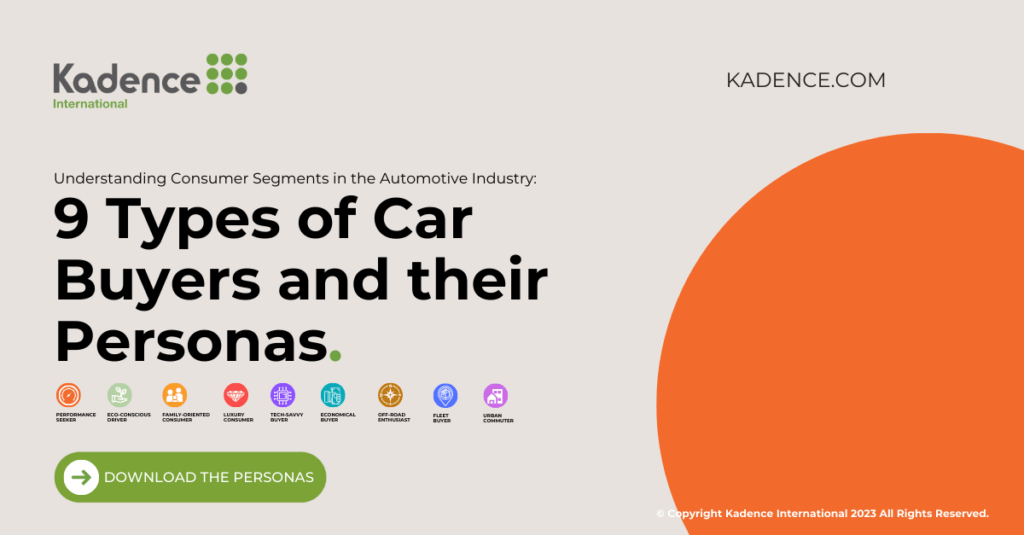

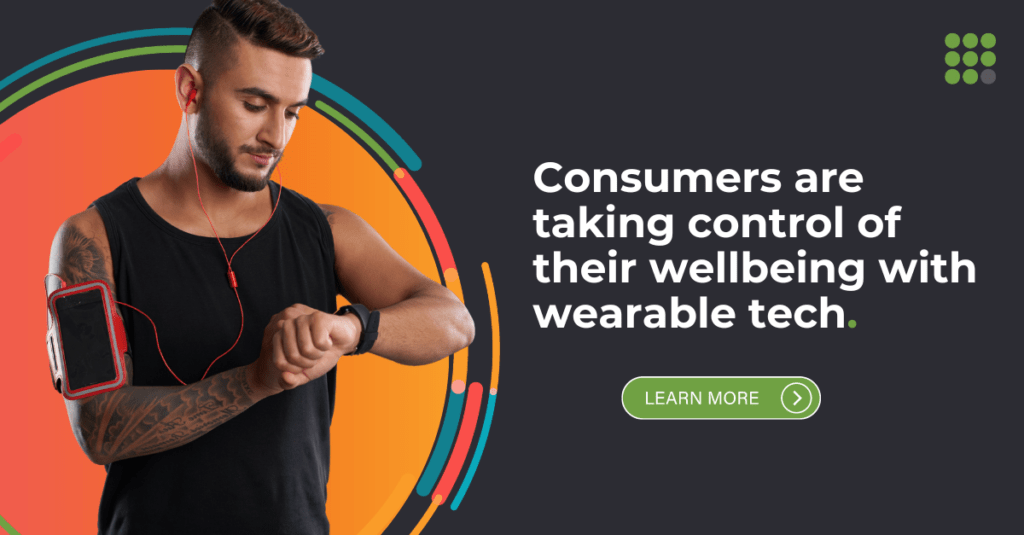

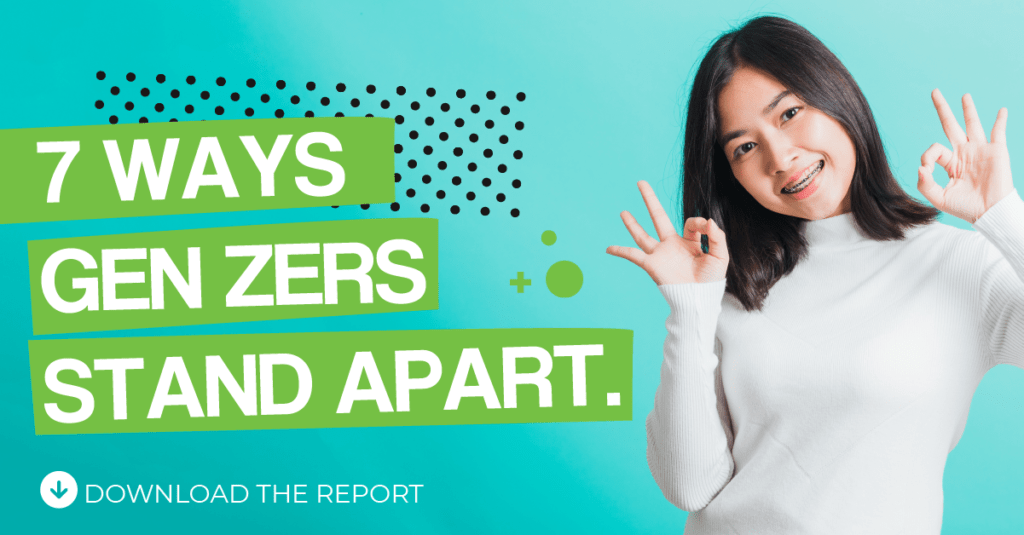

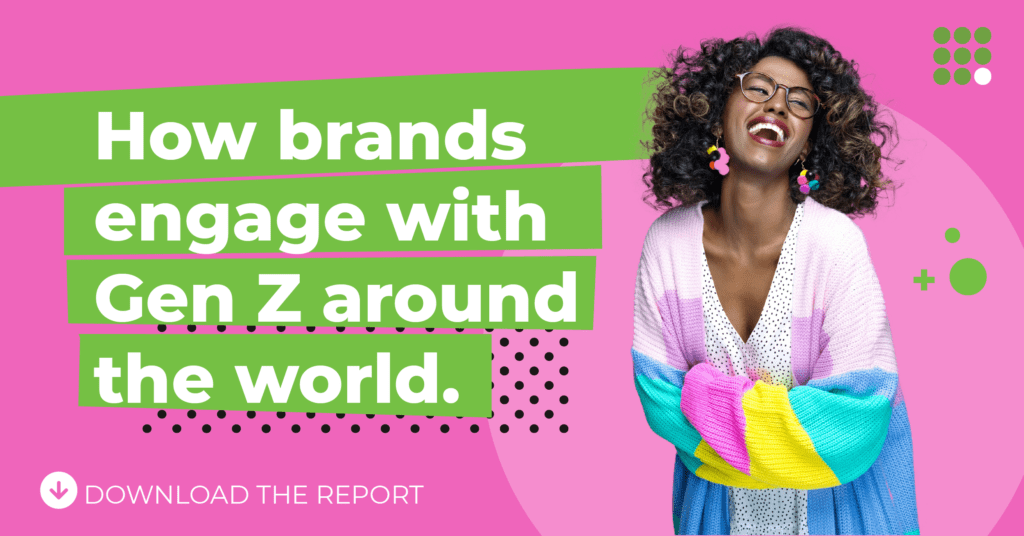
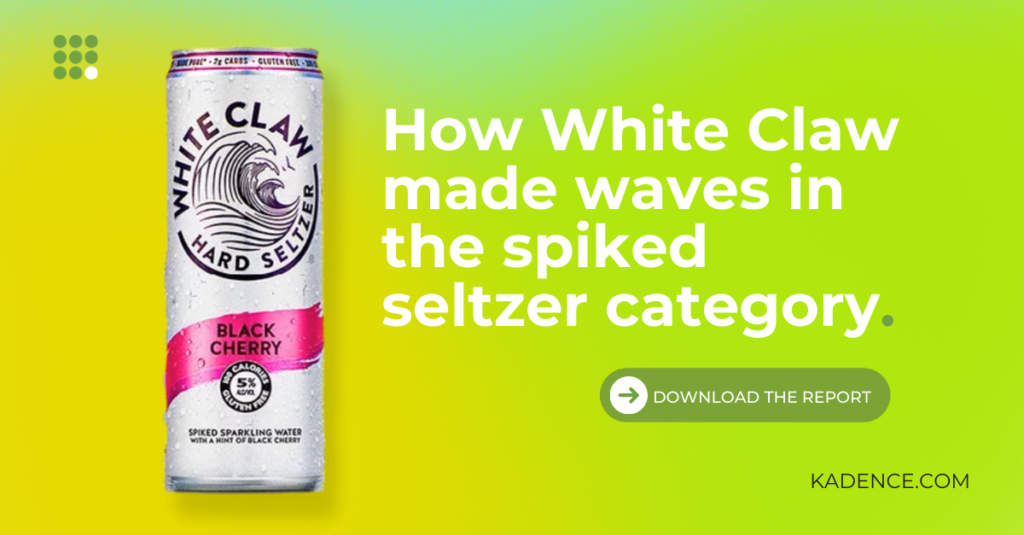
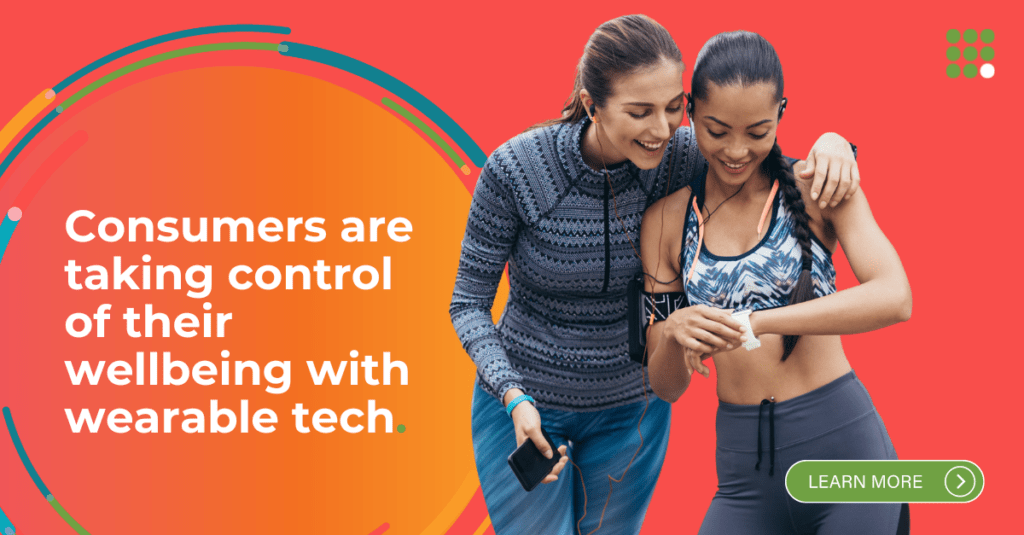



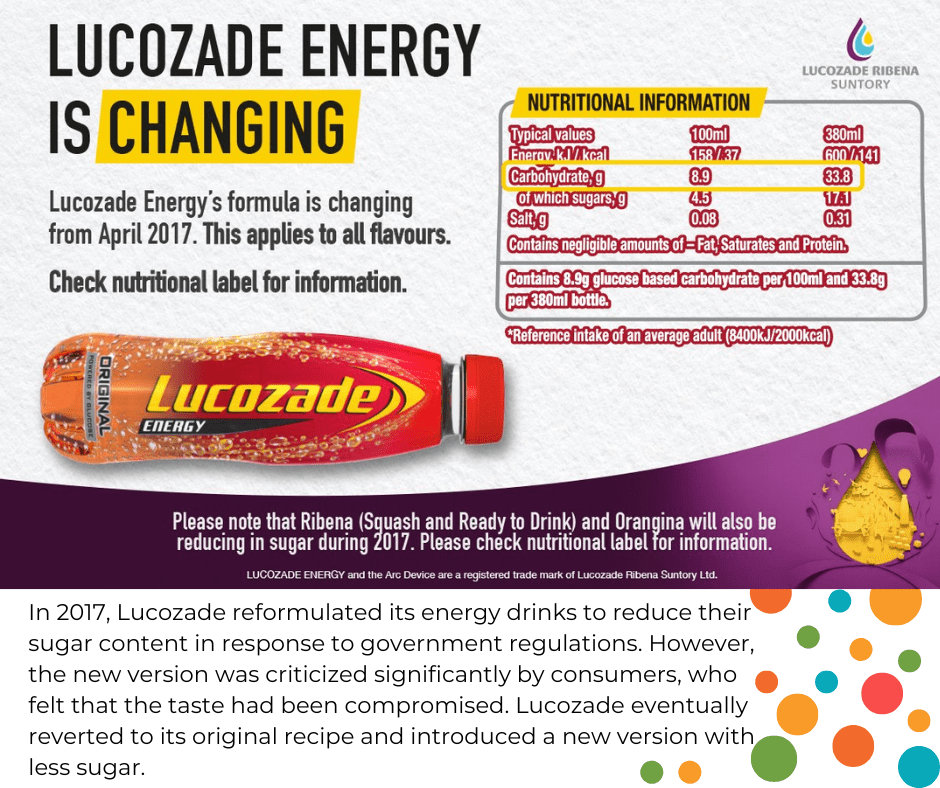
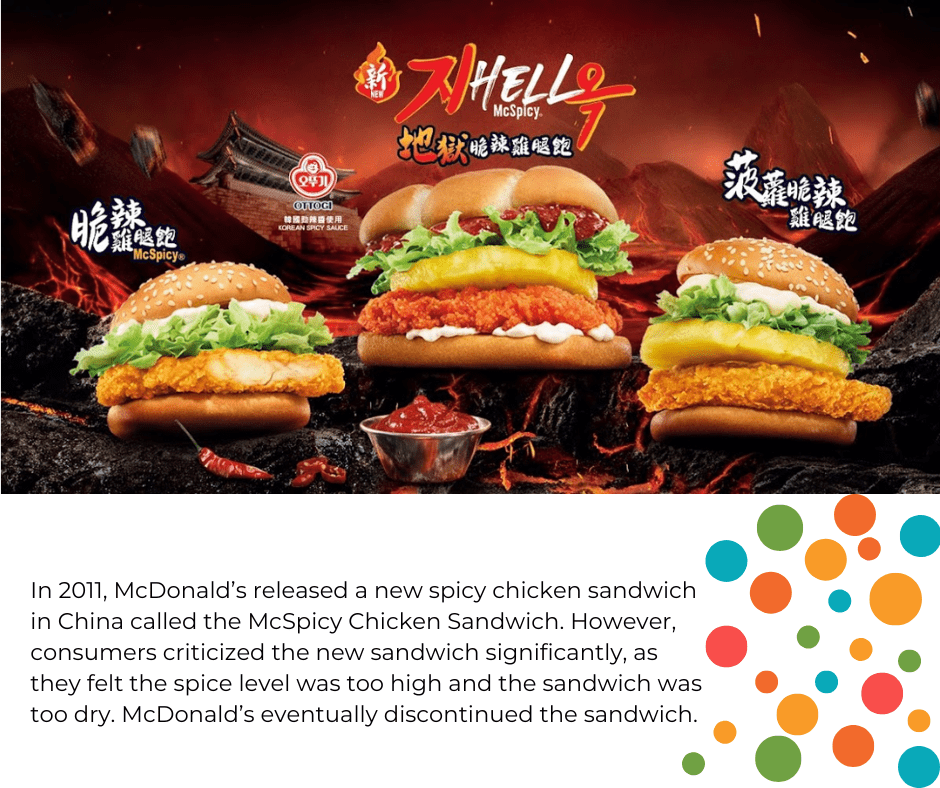
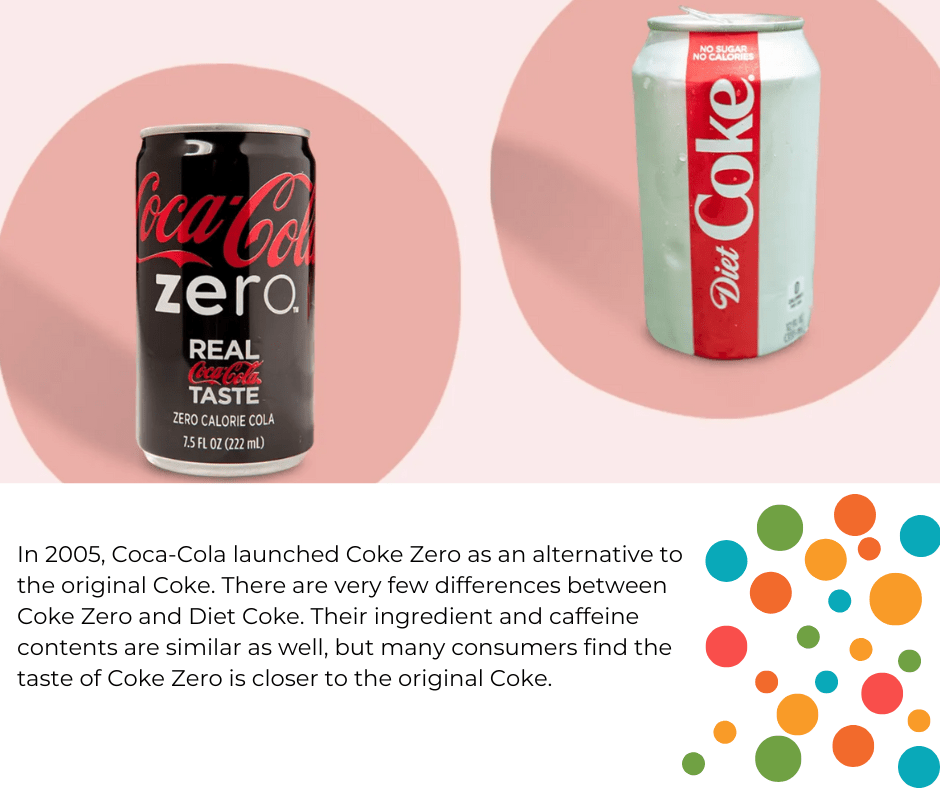
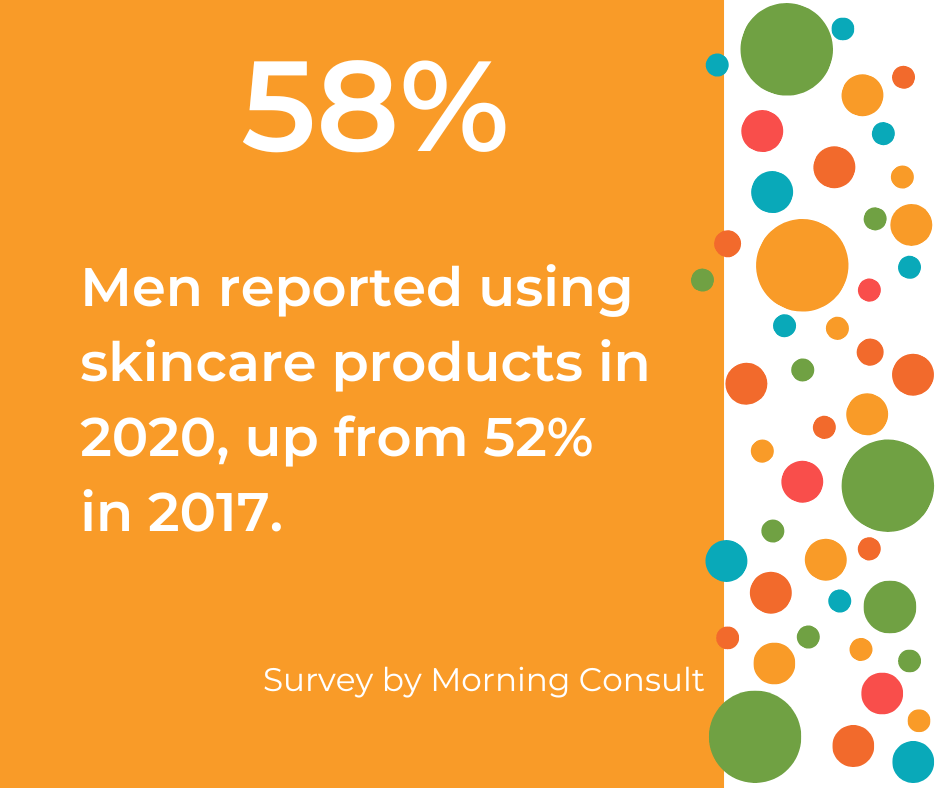
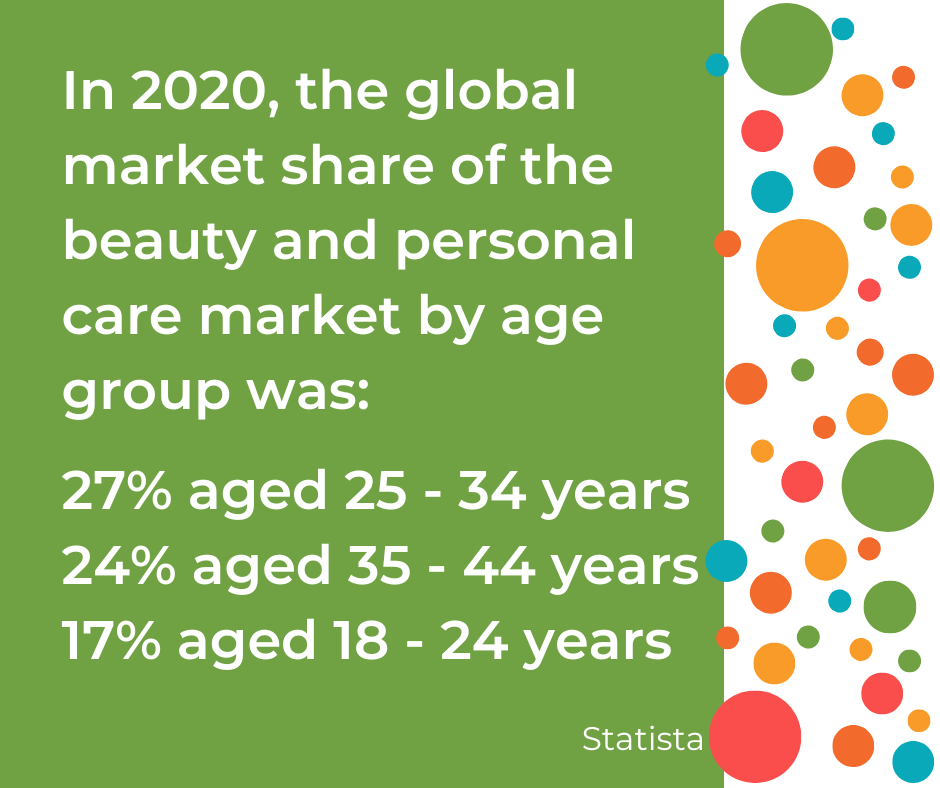


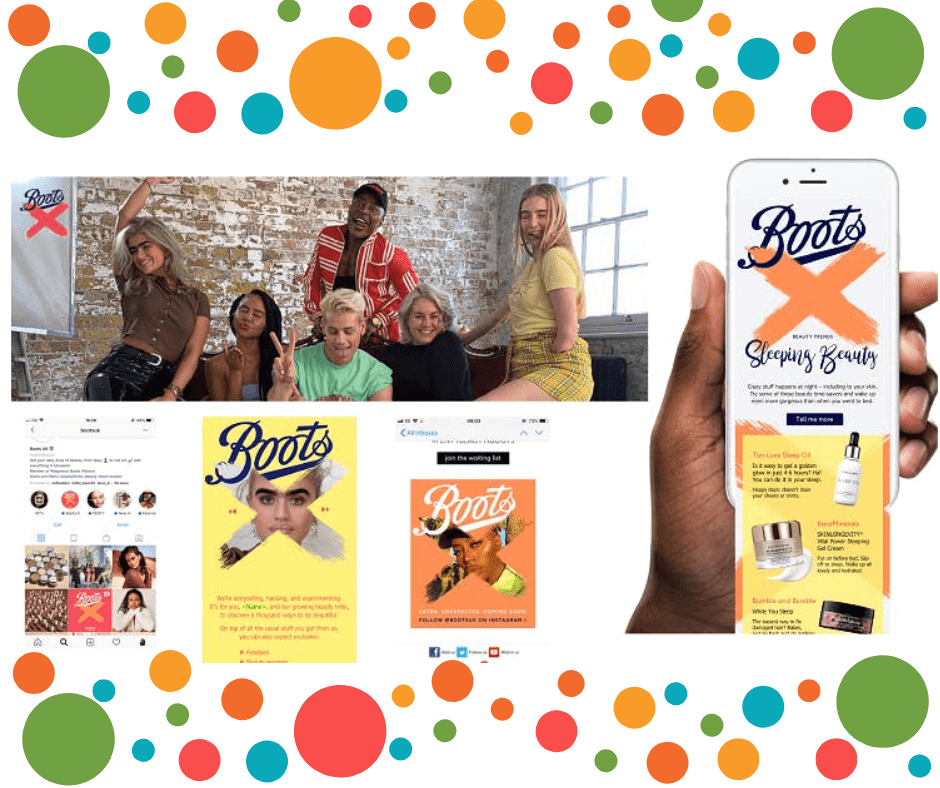


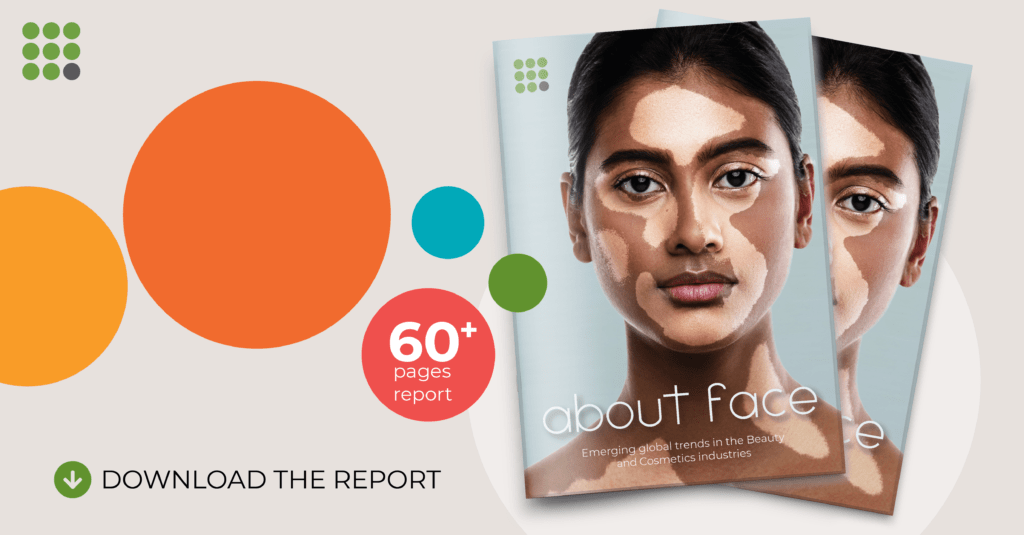
 Senior Marketing Executive
Senior Marketing Executive Sales & Marketing
Sales & Marketing General Manager PR -Internal Communications & Government Affairs
General Manager PR -Internal Communications & Government Affairs Vital Strategies
Vital Strategies
 Customer Intelligence Director
Customer Intelligence Director